A number of residences and private properties throughout the urban area of Port Hope will require a cleanup and restoration. These properties are determined through a series of tests performed as part of the Property Radiological Survey of approximately 4,800 properties.

1. Consent and Scheduling
Property owners are contacted for written consent to conduct the property testing.
2. Testing
Home visits will be required to complete the testing. All visits are scheduled directly with property owners. Testing
can take up to 24 months to complete.
 Radon Monitoring
Radon Monitoring Borehole drilling/soil sampling
Borehole drilling/soil sampling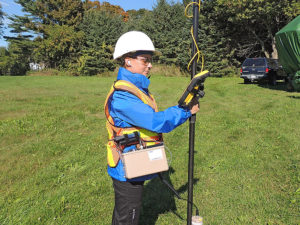 Exterior gamma radiation monitoring
Exterior gamma radiation monitoring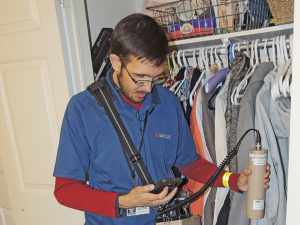 Interior gamma radiation monitoring
Interior gamma radiation monitoringDesign Phase
1. Test Results Sent to Design
CNL provides the results of the testing to its design consultant.
2. Design Appointments
The design consultant schedules multiple appointments with owners to map the property’s key features, utilities and landscaping.
3. Design Meetings
CNL holds meetings with the designer and property owner to review the remediation plan in which the design consultant has considered the individual property, adjacent properties and the overall neighbourhood.
4. Remediation & Restoration Agreement
Property owner review of final design package leads to sign off of the Remediation & Restoration Agreement by the owner and CNL.
Cleanups are typically scheduled by neighbourhood to minimize disruption to the community.
Remediation and Restoration
The design information is combined with cleanup details in one package known as the Remediation & Restoration Agreement. This package provides the owner with a detailed description of the proposed work for their property. Once the Remediation and Restoration Agreement is finalized and signed by the owners and CNL cleanup work will be scheduled.
Remediation activities include the following:
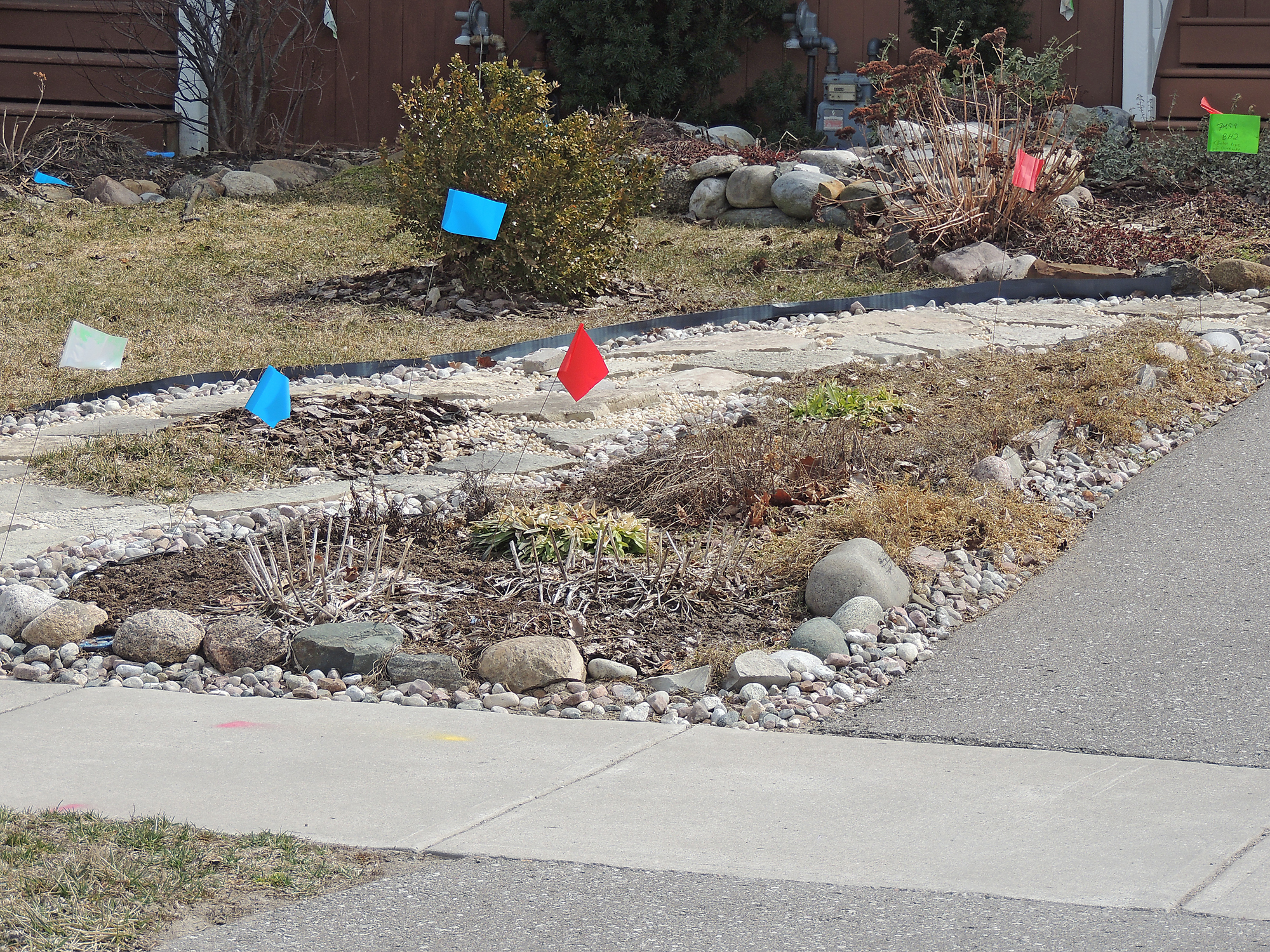
1. Site preparation
Identify sensitive features and utilities.

2. Clearing and grubbing
Remove trees, shrubs, impacted structures, store property owner items to facilitate cleanup.

3. Excavation
Remove waste, verify soil meets cleanup criteria, and backfill.

4. Restoration
Restore property features including decks, structures, fences and landscaping to building code specifications.
Property Site Visits
Lifecycle of PHAI-related property site visits and inspections
The number of site visits and inspections varies by property.
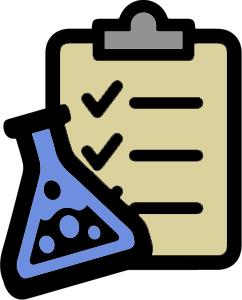
Testing
- Radon monitor installation and pick-up
- Interior gamma scan
- Exterior gamma scan
- Borehole drilling
- Attic and crawlspace inspections

Exterior/Interior Delineation
- Borehole drilling exterior
- Borehole drilling interior
- Contaminant testing
- Utility delineation

Design Phase
- Property inspections
- Property design inspections
- Heritage specialist assessment for designated properties
- Tree subject matter expert assessment
- Designated Substance Survey
- Property boundary survey
- Utility locates
- Estimator
- Design meetings
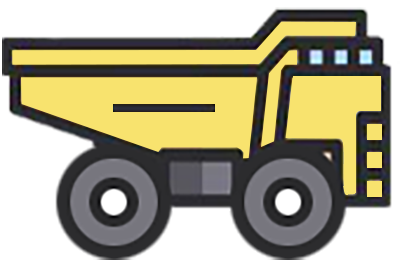
Remediation and Restoration
- Further soil testing and/or interior testing to determine extent of waste
- Content removal and inventory
- Arborist – tree removal
- Contractor work crew
- Oversight engineer
- CNL oversight

Following Restoration
- Deficiencies review
- Contents returned to owner
- One-year warranty begins
Important Information for Property Owners
Here is what to expect during the PHAI Design, Remediation and Restoration phases.
Assessments
- A structural assessment of your property must be completed by engineers as part of the design phase.
If concerns are identified during the assessment, PHAI’s Engineer of Record will send you (the property owner) a notice outlining any structural or safety concerns. - If dangerous substances (such as asbestos, mercury, lead, etc.) are identified during the Designated Substance Survey of your property, you will be notified. If the presence of designated substances impacts CNL ability to clean up areas of your property, CNL will discuss options with you.
- A property boundary survey will be completed during the design phase. The survey will not be registered with the Northumberland County land registry office because it is undertaken for CNL project purposes only.
- If your property has been designated a heritage property by the Municipality of Port Hope, the Province of Ontario or the Government of Canada, a heritage assessment will be completed by a heritage specialist to ensure that preservation recommendations are integrated in the applicable design and cleanup work.
- A tree subject matter expert may be required to visit your property. The tree expert will assesses the size, health and condition of trees. If a tree will be adversely affected by the work required to remove historic low-level radioactive waste, the expert will consider possible mitigation measures to preserve the tree. These measures may include the application of the PHAI Special Circumstances protocol that allows for waste to be left on a property to preserve trees. CNL is committed to protecting the Port Hope environment while fulfilling the PHAI mandate to remove historic low-level radioactive waste.
Obligations
- Per the Legal Agreement that governs the PHAI, if Contaminants of Potential Concern (COPC) are identified at any stage during soil testing on your property, CNL is required to notify you (the property owner), the Municipality of Port Hope and the Ministry of Environment, Conservation and Parks of the type and locations of COPC.
- CNL has a Special Circumstances Protocol that may be applied in situations that prevent the complete remediation of low-level radioactive waste. The Special Circumstances Protocol is only used when LLRW removal is not considered safe, practical or reasonably achievable. Situations that might require special circumstances include restricted access and property-specific physical, operational, environmental, or social constraints that may be encountered during the design phase or the cleanup work on the property.
- CNL restoration work is generally completed on a similar replacement principle. For example, fences will be replaced with similar fences, sheds replaced with sheds of the same size and material. Bylaws and other restrictions govern the replacement or relocation of structures or landscaping on a property. It is not within the scope of the PHAI for CNL to manage requests for upgraded features; for example, an asphalt driveway cannot be replaced with a concrete or paving stone driveway.
If you (the owner) would prefer to complete landscaping or other restoration yourself or by engaging your own contractor, that can be negotiated with CNL during the design phase. CNL will leave the work site in the condition as negotiated and described in the Remediation & Restoration Agreement; however, CNL will not assist with permitting or provide warranty for work completed by the property owner. - When restoration has been completed on your property, a one-year warranty will apply to all construction work, plantings, and landscaping completed on the property as part of the PHAI. If items are replaced or repaired within the one-year period, the warranty will start again from the date of repair or replacement.
Cleanup Timeline
- The PHAI is a finite project with a timeline, and properties where the owner did not respond to CNL requests to participate or chose not to participate will be de-scoped and removed from the PHAI.
- If a property owner declines to participate in the cleanup design phase or does not sign a Remediation & Restoration Agreement, there will not be a future opportunity to have historic low-level radioactive waste removed at no cost to the owner.
- Once CNL has completed remediation work in your neighbourhood, properties where the owner did not participate in the PHAI will not be eligible for future PHAI cleanup work, even if the property is sold.
